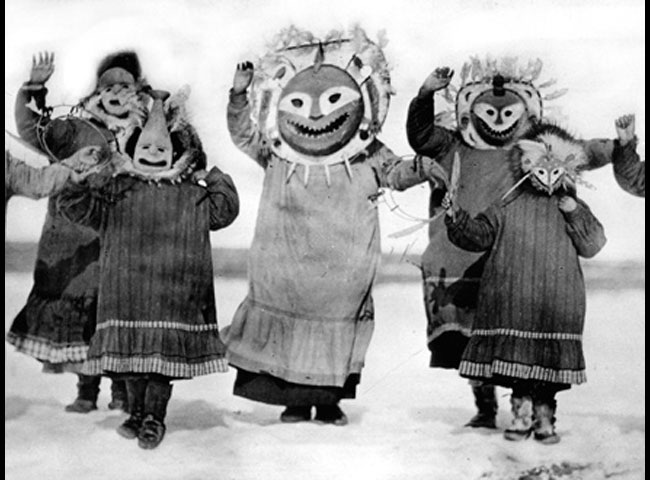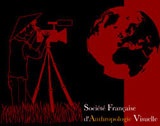Les Tambours de l'hiver
-
Réalisé par Sarah Elder, Leonard Kamerling • Écrit par Sarah Elder, Leonard Kamerling
-
États-Unis • 1988 • 90 minutes • 16 mm • Couleur
- Réalisation :
Sarah Elder, Leonard Kamerling - Écriture :
Sarah Elder, Leonard Kamerling
- Production (structure) :
DER - Documentary Educational Resources - Ayant droit :
DER - Documentary Educational Resources
- N° ISAN :
non renseigné
Résumé
Le village éloigné d'Emmonak est situé à l'embouchure de la rivière Yukon sur la côte de la mer de Bering.
Selon le mythe, les ancêtres des Yup'ik ont conclu la paix dans la maison de danse (kashim) et c'est là que se trouve l'origine de la danse : il n'y aurait plus de guerre, désormais on combattrait seulement en dansant.
Les tambours de l'hiver présentent un regard intime sur les croyances et pratiques actuelles qui encadrent les chants et danses traditionnels des Yup'ik.
A travers les activités quotidiennes et les entretiens, les Eskimos montrent comment leur histoire, leurs valeurs sociales et leurs croyances spirituelles se sont tissées autour de leurs chants et danses traditionnels.
This feature-length documentary explores the traditional dance, music and spiritual world of the Yupik Eskimo people of Emmonak, a remote village at the mouth of the Yukon River on the Bering Sea coast.
The Drums of Winter gives an intimate look at a way of life of which most of us have seen only glimpses. Dance was once at the heart of Yupik Eskimo spiritual and social life. It was the bridge between the ancient and the new, the living and the dead and a person's own power and the greater powers of the unseen world.
In The Drums of Winter, the people of Emmonak tell us through actualities and interviews how their history, social values and spiritual beliefs are woven around the songs and dances that have been handed down to them through the generations. We also learn that it is not just old songs that are important; new songs and dance movements are created to reflect modern life with all its complexities. Each time a person gets up to dance, he is strengthening the continuity of the ages, and insuring the survival of his culture.
The film follows the elders of Emmonak as they prepare for the coming ceremonial gathering (potlatch) with a neighboring village. In the Kashim (qasgiq or men's house), they practice their songs and painstakingly work out the motions of the dances. Each movement has meaning and plays a part in telling a story. In the days before television, radio, bingo and weekly basketball games, dance was the sole means of entertainment.
Throughout the film, archival photographs and film footage accompany the words of early missionaries who brought Christianity to the area. These sequences provide a historical context for the film and give us a strong sense of the resilience of Yup'ik culture, having survived despite a century of missionary suppression.
Collection
Mot(s)-clé(s) thématique(s)
Sélections et distinctions
- 1998 • SIEFF - Sardaigne Festival international du film ethnographique • Nuoro (Italie) • Third Prize
- 1991 • Festival International d'Anthropologie Visuelle • Pärnu (Estonie) • Sélection
- 1989 • Festival dei Popoli • Florence (Italie) • Sélection
- 1989 • AFI Festival • Los Angeles (États-Unis) • Sélection
- 1988 • Margaret Mead Film Festival • New York (États-Unis) • The Best of the Mead
Comment avoir accès au film ?
-
Édition DVD
- Il n'existe pas d'édition DVD à notre connaissance
-
Accès VOD
- Il n'existe pas d'accès en VOD à notre connaissance
- Diffusion non commerciale / Consultation

